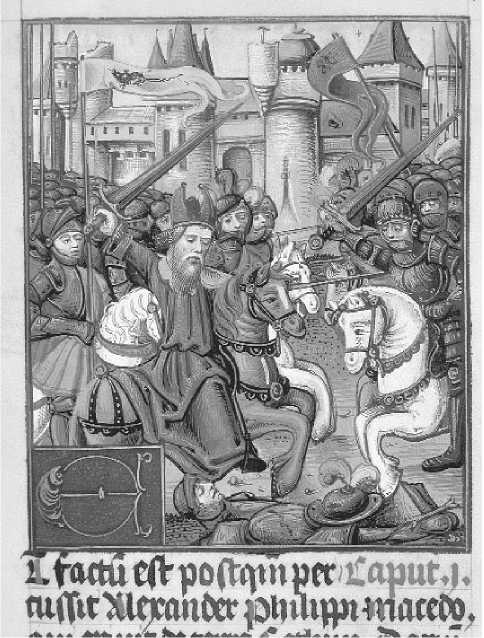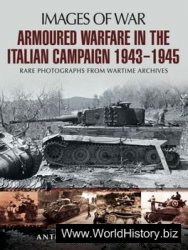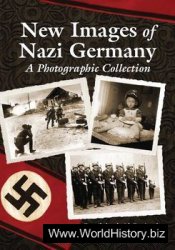The two Books of the Maccabees were among the most important biblical sources for the development of the idea of the militia Christi (knighthood of Christ) in the crusading movement and for the justification of the role of the military orders. They describe the revolt of the Jews against the Syrians during the second century b. c., led by the priest Mattathias and his son Judas Maccabaeus, in defense of their political and religious freedom, and end with the election of Judas’s brother Simon Maccabaeus as both high priest and secular leader of the Jews of Judaea (141 b. c.).
The first official exegesis of the texts was written by Hra-banus Maurus (d. 856), who interpreted the wars exclusively as a prefiguration of the Christian spiritual conquest of the world, and this interpretation was maintained throughout the Middle Ages. However, as a result, however, of the Christianization of the state and its military functions, as well as of the church’s attempts to harness and assimilate the warrior ethos, the deeds of the Maccabees were cited increasingly from the eleventh century onward as a prefiguration of warfare in the service of Christianity. During the Investiture Contest, the texts were also used as a justification of the use of armed force in the service of the church against the secular power. Along with other Old Testament models, the warriors of 1 and 2 Maccabees were cited as a prefiguration of Christian crusaders by nearly all the popes concerned with the crusades. The account of Urban Il’s speech at the Council of Clermont (1095) by Guibert of Nogent, the sermons of Hon-orius III, Jacques de Vitry, Henry of Albano, and Humbert of Romans, and the chronicle of Fulcher of Chartres all use the Maccabees as models for crusaders.

Maccabees, scene of a battle. (Archivo Iconograpfico, S. A./Corbis)
The church’s tacit acceptance of military warfare as a tool in the service of Christianity and the papacy is epitomized in the sanctioning of the creation of the military orders. Both the Hospitallers and the Teutonic Order sought to give their organizations legitimacy by writing accounts of their origins linking them with Judas Mac-cabaeus. The most systematic and significant use of the Maccabees as a prefiguration of the military orders comes in Nicolaus von Jeroschin’s Kronike von Pruzinlant, which exploits the books explicitly and exhaustively as the source of a long tradition of military warfare in the service of the church. Luder von Braunschweig, the grand master of the Teutonic Order who was the patron of Jeroschin’s chronicle, also commissioned a Middle High German translation of the Books of the Maccabees. The Maccabee material may have appealed especially to German-speaking audiences because of its similarity to the subject matter of Germanic heroic literature, and there is evidence of the use of Maccabee models in German writing throughout the crusading period, particularly in relation to the Baltic Crusades.
-Mary Fischer
Bibliography
Fischer, Mary, “Di Himels Rote”: The Idea of Christian Chivalry in the Chronicles of the Teutonic Order (Goppingen: Kummerle, 1991).
-, “The Books of the Maccabees and the Teutonic
Order,” Crusades 4 (2005), 59-71.




 World History
World History









